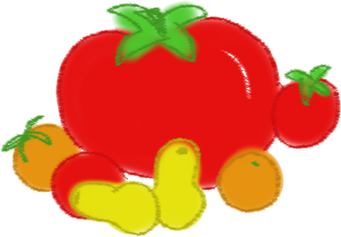Nightshade Family
Solanaceae
The Nightshade Family contains peppers, tomatoes, potatoes, tobacco and more. Most flowers are perfect, however pepper plants are very susceptible to cross-pollination so you will want to isolate them by distance or by putting bug netting over the plants.
Seed Matters-Seed Saving Chart
Members of the Nightshade Family include:
*Remember that varieties within the same species are likely to cross-pollinate with one another and you must take proper precautions to isolate these if you or a neighbor are growing more than one variety within the same species.
Click on the orange words to find more information on how to plant and save seeds from these varieties.
The Nightshade Family contains peppers, tomatoes, potatoes, tobacco and more. Most flowers are perfect, however pepper plants are very susceptible to cross-pollination so you will want to isolate them by distance or by putting bug netting over the plants.
Seed Matters-Seed Saving Chart
Members of the Nightshade Family include:
- annuum–sweet and chili peppers
- baccatum–kellu-uchu
- frutescens–tobasco, squash pepper
- Capsicum pubescens–manzano
- betacea–tree tomato (tamarillo)
- lycopersicum–tomato
- pimpinellifolium–currant tomato
- alkekengi–Chinese lantern
- ixocarpa--tomatillo (Mexican husk tomato)
- peruviana–cape gooseberry (poha)
- philadelphica–wild tomato
- pruinosa–strawberry tomato (dwarf cape gooseberry)
- Physalis pubescens–downy ground cherry (yellow husk tomato)
- subglarata–purple ground cherry
- Burbankii–sunberry (wonderberry)
- integrifolium–tomato-fruited eggplant
- melanocerasum–garden huckleberry
- melongena–eggplant
- muricatum–pepino (melon pear)
- nigrum–common nightshade
- quitoense–naranjilla
- tabacum–tobacco
- tuberosum–potato
*Remember that varieties within the same species are likely to cross-pollinate with one another and you must take proper precautions to isolate these if you or a neighbor are growing more than one variety within the same species.
Click on the orange words to find more information on how to plant and save seeds from these varieties.

